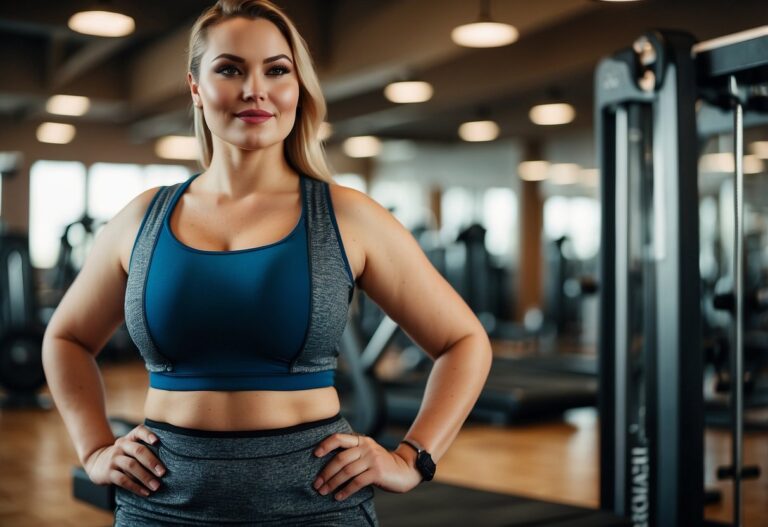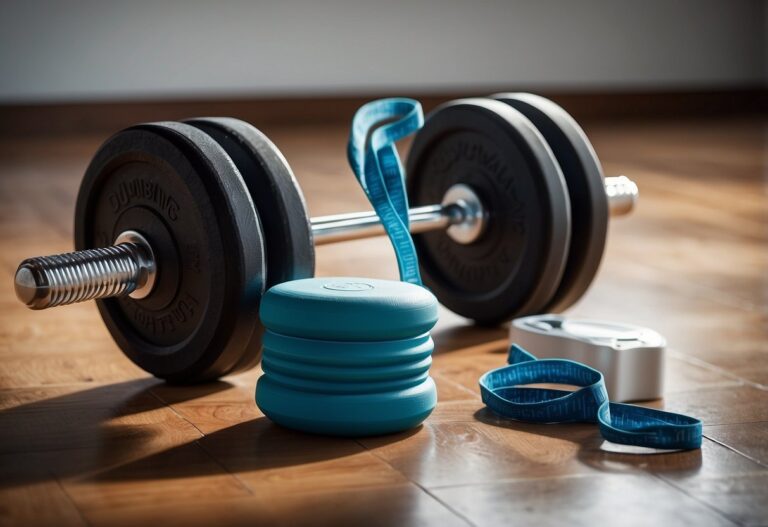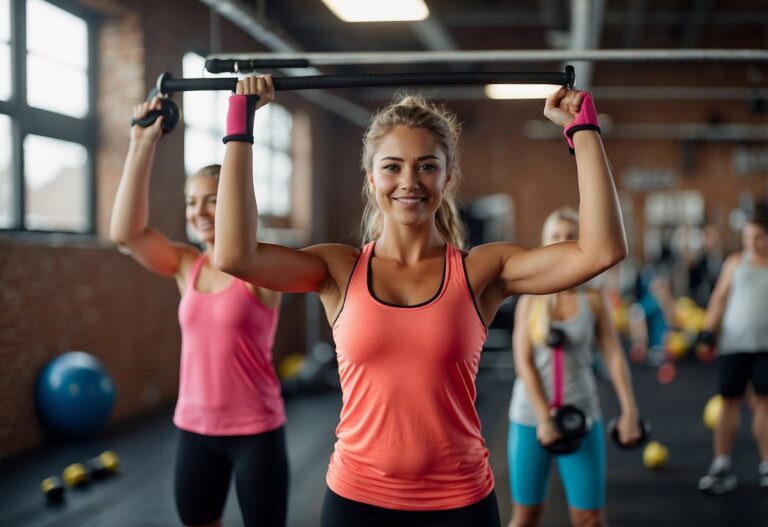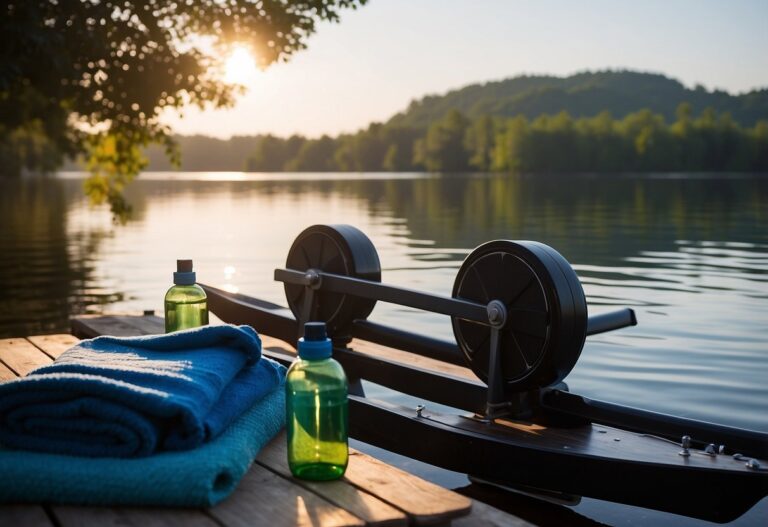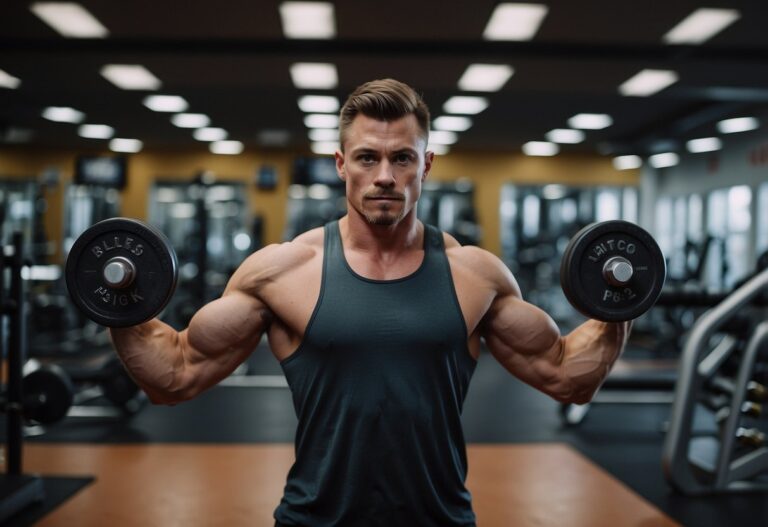Everyone wants to look and feel their best, especially during the moments that matter most. Whether you’re gearing up for a special event or simply want to enhance your daily well-being, incorporating a body workout into your routine can make a significant difference. What if you could achieve a glow up by making a few key changes to your exercise habits?
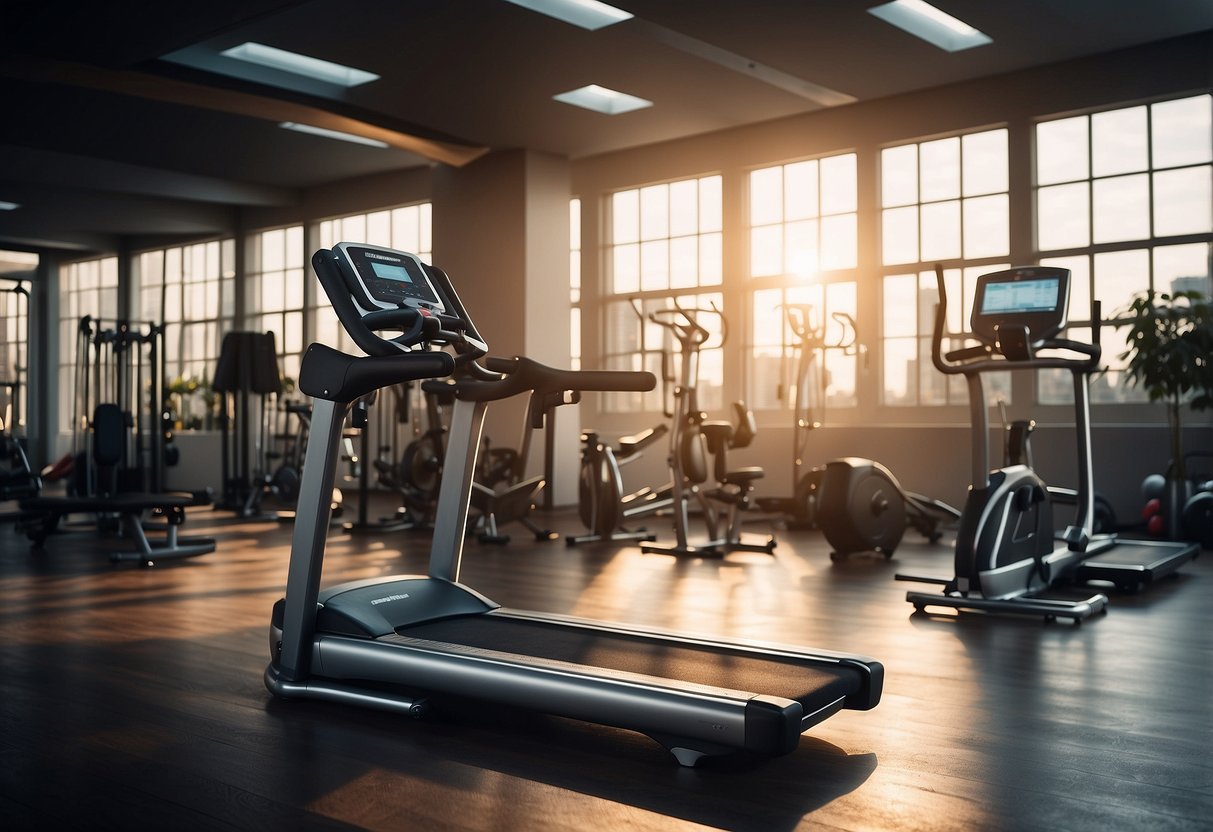
By focusing on effective workouts that suit your lifestyle, you can achieve that radiant look and feel more energetic. A well-rounded exercise plan not only improves your physical appearance but also boosts your mental health. When you carve out time for physical activity, it’s about more than just appearances—it’s a holistic approach to health.
Squats
Squats are a fantastic way to tone your legs and butt. To get started, stand with your feet shoulder-width apart. Keep your back straight and lower your body by bending your knees. Aim to get your thighs parallel to the ground.
Using different variations can target various muscle groups. For example, a sumo squat involves standing with your legs wider than shoulder-width and toes pointing slightly out. This targets your inner thighs more effectively.
Another effective exercise is the pistol squat. In this move, squat down on one leg while the other leg hovers above the ground. It’s challenging, but it really works your balance and flexibility.
Deadlifts
Deadlifts are a powerful move to incorporate into your workout routine. They engage multiple muscle groups, including your back, legs, and core.
To start, position a barbell on the floor in front of you. Stand with your feet hip-width apart. Grip the bar just outside your knees.
Keep your back straight and lift the bar by extending your hips and knees. Stand up straight, then return the bar to the floor with control.
For beginners, consider block pulls to master form. As you progress, you’ll find your strength and posture improving.
Remember, proper technique is key to avoiding injury and getting the most from your deadlifts.
Lunges
Lunges are a fantastic way to tone your legs and glutes. They work the quadriceps, hamstrings, and gluteus maximus. When you do lunges regularly, you’ll notice stronger and more defined muscles in your lower body.
To perform a basic lunge, step one foot forward and lower your body until both knees form a 90-degree angle. Keep your core tight and your back straight. This helps in maintaining balance and effectiveness.
You can try different variations like the side lunge or reverse lunge to keep your workouts interesting. Each variation targets slightly different muscle groups, adding variety to your routine.
Remember, consistency is key. Adding lunges to your workout a few times a week can lead to noticeable improvements in your strength and muscle tone. If you’re looking to achieve a more sculpted physique, lunges are a must.
Planks
Planks are a fantastic way to strengthen your core and improve your posture. If you’ve ever wanted those toned abs, planks are a great exercise to add to your routine.
When doing a plank, keep your body in a straight line from your head to your heels. Avoid sagging your back or lifting your hips too high. This ensures you engage your core muscles effectively.
Starting with short sets, say 10-15 seconds, can help you build endurance. Gradually increase the time as you get stronger.
For variety, try different types of planks, like side planks or plank shoulder taps. These variations target different parts of your core and can make your workouts more interesting.
Think about your form and focus on keeping your glutes and core tight. This not only improves efficiency but also prevents injuries.
Incorporate planks into your routine early on when you have more energy. This helps you maintain proper form and get the most out of the exercise. Planks can be a challenge at first, but persistence pays off.
High-Intensity Interval Training (HIIT)
High-intensity interval training (HIIT) is a great way to get in shape quickly. This workout alternates between short bursts of intense activity and brief recovery periods. You might find it tough, but it’s highly effective.
For example, a session could involve burpees for 40 seconds, followed by a 20-second rest. Then, you might do jump squats for 45 seconds, rest for 15 seconds, and repeat.
HIIT is flexible. You can mix and match exercises like mountain climbers, push-ups, and plank with shoulder taps. It’s perfect for keeping things interesting and targeting different muscle groups.
HIIT is also time-efficient. Some amazing routines, like the Tabata workout, last only 4-10 minutes. This means you can fit it into even the busiest schedule.
Remember to warm up before you start. Five minutes of light cardio, like jogging in place, can get your body ready for the workout.
Adding HIIT to your routine can greatly boost your fitness levels and help you achieve your glow-up goals.
Push-ups
Push-ups are a fantastic exercise to strengthen your upper body and core. They target your chest, shoulders, and triceps while also working your abs.
Start simple: Begin with knee push-ups if regular push-ups are too difficult. You want to build up your strength gradually.
Focus on your form. Place your hands in line with your sternum and keep your elbows at a 45-degree angle. Make sure to tuck your chin slightly and look down.
Incorporate push-up variations to keep things interesting. Try incline push-ups or diamond push-ups for different muscle engagement.
For detailed advice, check out these tips to improve your push-ups.
Burpees

Burpees are a powerful full-body exercise that combines strength and cardio. You start in a standing position, drop into a squat, then kick your legs back into a plank.
Next, perform a push-up, jump back into a squat, and leap into the air with your arms raised. This sequence works your legs, core, and upper body all at once.
There are many variations of burpees. For instance, you can challenge yourself with Death By Burpee. This involves doing one burpee in the first minute, two in the second minute, and so on, until you can’t keep up.
Mountain Climbers
Mountain climbers are a fantastic full-body workout. They help build cardio endurance, core strength, and agility.
First, get into a plank position. Imagine pushing the ground away with your hands and keeping your body straight. Then, pull one knee towards your chest quickly. Switch legs in a smooth motion.
This move works your shoulders, arms, and chest. Your core will engage to stabilise your body. Doing mountain climbers regularly can make a significant difference in your fitness routine.
For a new twist, try standing mountain climbers. They give an extra cardio boost and work your muscles differently.
Jumping Jacks
Jumping jacks are a great addition to your workout routine. They get your heart pumping and work your whole body. Starting Position: Stand with your feet together and arms by your sides.
As you jump, spread your legs out wide and raise your arms above your head. Then return to the starting position by bringing your legs and arms back together.
You can make this exercise easier by stepping out to the side instead of jumping. For a challenge, try adding a squat before each jump. This makes your muscles work harder and builds strength.
Side leg raises
Side leg raises are a great way to tone and strengthen your hips. Start by lying on your side with your legs extended. Keep your head supported by your arm.
Next, stack your legs and make sure your hips are in a neutral position. Your arm can be in front of your body for support.
To increase the difficulty, try adding ankle weights. You can also use resistance bands.
Stand upright with your feet together and lift one leg to the side. Remember to keep your core engaged.
Performing side leg raises regularly will help improve your balance and stability while strengthening your muscles.
Benefits of a Body Workout Glow Up

Engaging in a body workout glow up offers multiple advantages. It not only enhances your physical appearance but also boosts your self-confidence and improves your mental health.
Enhanced Physical Appearance
Regular workouts help to tone your muscles and improve your overall body shape. Activities like strength training and HIIT workouts can aid in building muscle and reducing fat. This means you’ll notice tighter skin and a firmer body. Your posture also improves, making you look taller and more confident.
In addition to exercise, eating the right foods like berries for antioxidants can protect your skin. This reduces signs of ageing and adds to that glowing look. Combining exercise with healthy eating provides a more radiant skin tone and a leaner, fitter body.
Boosted Self-Confidence
When you feel good about how you look, your self-esteem naturally increases. Achieving fitness goals, like running your first mile or lifting a heavier weight, gives you a sense of accomplishment. This confidence translates into other areas of your life, from social situations to your career.
Participating in activities such as yoga or pilates not only strengthens your muscles but also encourages mindfulness and stress relief. Knowing that you are taking care of your body can make you feel prouder and more secure in your own skin. Simply put, when you see progress, you feel better.
Improved Mental Health
Exercise releases endorphins, often referred to as “feel-good” hormones. These chemicals can help reduce stress and anxiety, making you feel happier and more relaxed. Engaging in workouts like a glutes and thighs routine can bring this mental upliftment.
Moreover, having a structured workout plan gives a sense of routine and purpose. It can be a great way to set aside time for yourself, which is important for mental well-being. Also, workouts such as a full body HIIT session improve your sleep patterns and energy levels, further contributing to better mental health.
Key Elements of Effective Body Workouts
To achieve a successful body workout, focus on three main elements: strength training, cardio exercises, and flexibility. Each plays a vital role in improving your overall fitness and health.
Strength Training
Strength training is essential for building muscle, increasing metabolism, and enhancing overall physical strength. Exercises like squats, deadlifts, and bench presses target multiple muscle groups, making them very efficient.
Incorporate a mix of free weights (like dumbbells and barbells) and resistance machines. Aim for 2-3 strength training sessions per week. Ensure you perform 8-12 repetitions for each exercise along with 2-3 sets. Rest for about 60 seconds between sets.
Focus on progressive overload, gradually increasing the weight or resistance to continue building muscle. Consistency and proper form are key. If you’re new to strength training, consider consulting a fitness professional for guidance.
Cardio Exercises
Cardio exercises are crucial for heart health and burning calories. Activities such as running, cycling, and swimming elevate your heart rate and improve cardiovascular endurance.
Include at least 150 minutes of moderate-intensity or 75 minutes of high-intensity cardio each week. Interval training, which alternates between high and low-intensity periods, can be especially effective. For example, try 30-second sprints followed by 1-minute walks.
Cardio can also be integrated into your daily life with simple tweaks, like taking the stairs or going for brisk walks. The key is to find activities you enjoy so you’ll stick with them long-term.
Flexibility and Stretching
Flexibility and stretching are often overlooked but are vital for preventing injuries and improving overall movement. Include dynamic stretches before your workouts and static stretches afterward.
Dynamic stretches, like leg swings or arm circles, prepare your muscles for exercise. Perform them for about 5-10 minutes to increase blood flow.
Post-workout, do static stretches like hamstring stretches or shoulder stretches. Hold each stretch for 15-30 seconds, and make sure to stretch all major muscle groups.
Regular stretching enhances flexibility, reduces muscle stiffness, and speeds up recovery. It’s also a great way to relax and de-stress after a workout.
Each of these elements is vital for a balanced and effective workout routine. Combining these strategies will help you achieve a comprehensive fitness plan that promotes strength, endurance, and flexibility.
Tips for Maintaining Consistency
Staying consistent with your workout routine is key to seeing progress. Here are some practical tips to help you stay on track.
Setting Realistic Goals
It’s crucial to set goals that are achievable. Start by identifying what you want to accomplish and break it down into smaller, manageable steps. For instance, if you aim to improve your endurance, set a goal to jog for 10 minutes without stopping. Then, gradually increase the time each week.
Goals should be specific, measurable, attainable, relevant, and time-bound (SMART). This helps you stay focused and makes it easier to track your progress. Remember, it’s better to start small and build up than to set a huge goal that’s hard to reach.
Creating a Schedule
Having a set schedule helps in establishing a routine. Decide when you’ll work out during the week and stick to it. Whether it’s early in the morning or after school, choose a time that fits your lifestyle. Write it down in a calendar or set reminders on your phone.
Plan your workouts ahead of time. Know what exercises you’ll do each day and how long each session will last. This reduces the likelihood of skipping workouts because you aren’t sure what to do. Consistency becomes easier when it’s part of your daily routine.
Tracking Progress
Keeping track of your progress is motivating and helps you stay accountable. Use a journal or an app to log your workouts, including the exercises, sets, reps, and how you felt. Review your logs weekly to see how far you’ve come and to identify areas for improvement.
Take photos or measure your body metrics to see visual changes over time. Seeing progress, even small changes, can be very encouraging. Also, celebrate your achievements, big or small, to keep yourself motivated and engaged in your fitness journey.


